Tenant Improvement Allowances in Commercial Leases
In commercial leasing, tenant improvement allowances (TIAs) are a common and important component of lease negotiations, requiring careful consideration by both landlords and tenants.
What Is a Tenant Improvement Allowance?
A tenant improvement allowance is a sum of money that a landlord agrees to provide to a tenant to cover the cost of modifications and improvements to the leased premises. These improvements can range from basic build-outs, such as installing walls and flooring, to more specialized upgrades, such as HVAC systems or technology infrastructure. The primary purpose of a TIA is to make the space suitable for the tenant’s intended use.
Tenant improvement allowances are typically detailed in a work letter attached to the lease. This document outlines the scope of the improvements, the allocation of costs, and the procedures for disbursing the funds. TIAs can also be negotiated in lease amendments, often as part of a mid-term renovation or renewal agreement where the tenant commits to an extended lease term in exchange for the allowance.
Key Considerations in Negotiating a Tenant Improvement Allowance
When negotiating a tenant improvement allowance, several key factors must be considered to ensure that the arrangement meets the needs and expectations of both the landlord and the tenant.
1. Scope of the Allowance
One of the fundamental aspects of a TIA is defining what the allowance can be used for. Tenants typically seek broad flexibility in utilizing the funds, preferring to allocate them towards a wide range of improvements, including permanent installations, furniture, fixtures, and equipment as well as the soft costs that go into planning and designing the work being performed by the tenant. On the other hand, landlords often aim to limit the use of the allowance to permanent improvements that enhance the property’s value.
Considerations:
– Permitted Uses: The lease should clearly specify the types of expenses that qualify for reimbursement under the TIA. For example, landlords may stipulate that the allowance can only be used for building improvements, excluding items such as office furniture or technology equipment that do not increase the property’s value. In some instances the landlord and tenant will agree on a percentage of the TIA that must be allocated to such expenses and a corresponding percentage that may be used at the tenant’s discretion
– Value-Enhancing Improvements: Landlords typically prefer that the allowance is used for improvements that remain with the building and potentially increase its value, such as structural enhancements or upgraded electrical systems. This preference ensures that the investment benefits the property beyond the current tenancy. These improvements will generally be subject to the landlord’s approval and the lease will commonly specify a procedure for the tenant to propose plans for such improvements to the landlord for the landlord’s review and approval.
2. Disbursement of the Allowance
The mechanism for disbursing the tenant improvement allowance is a critical point of negotiation. There are generally two primary methods: lump-sum payments and progress payments (draws).
Considerations:
– Lump-Sum Payment: Some leases may provide for the entire allowance to be paid out in a single lump sum once the tenant completes the improvements and meets all necessary conditions, such as providing lien waivers and completion certificates. This approach simplifies the disbursement process but requires tenants to initially fund the work themselves.
– Progress Payments: In other instances, TIAs are disbursed in stages as the work progresses. This method allows tenants to draw on the allowance as various phases of the work are completed, easing their cash flow requirements. The lease should specify the intervals or milestones at which payments can be requested, such as upon completion of 50% of the work or upon final inspection. In many instances the landlord will be funding the TIA out of loan proceeds and the landlord’s loan documents will provide for a mechanism for the landlord to request draws from the lender. It is important for landlords to sync up the disbursement procedures in the lease to those in the loan agreements so the landlord can be sure it will be able to satisfy its obligation to fund the TIA.
– Pari Passu Funding: Frequently where the TIA is paid by the landlord in a series of progress payments, the landlord will seek to require the tenant to expend its own funds either before drawing on the TIA or pari passu with the landlord so that the tenant and landlord are funding the tenant improvements in equal amounts during the course of construction. This helps ensure that the tenant is keeping a close eye on the construction process and managing costs and timing.
3. Documentation and Approval Requirements
To ensure that the tenant improvement allowance is used appropriately and that the work is completed to the required standard, landlords typically impose certain documentation and approval requirements.
Considerations:
– Approved Plans: The lease should stipulate that all improvements funded by the TIA must be performed according to plans and specifications approved by the landlord. This provision ensures that the improvements are consistent with the building’s design and comply with relevant regulations.
– Proof of Payment and Lien Waivers: Before disbursing the allowance, landlords generally require the tenant to submit proof of payment for the completed work and lien waivers from contractors and suppliers. These documents protect the landlord from potential mechanic’s liens, which could arise if contractors are not paid for their work.
– Licensed and Insured Contractors: The lease may also require that all work be carried out by licensed and insured contractors. This requirement protects both the landlord and tenant from liability and ensures that the work is performed to a professional standard.
4. Timing and Expiration of the Allowance
It is essential to establish clear timelines for utilizing the tenant improvement allowance. This includes specifying a deadline by which the tenant must complete the improvements and request reimbursement.
Considerations:
– Completion Deadline: The lease should set a deadline for the completion of the tenant improvements. This deadline encourages timely completion and allows the landlord to manage the property effectively. This avoids a scenario in which the commencement date of the lease, and the tenant’s obligation to commence rent payments, is pushed out indefinitely while a tenant improvement process drags on.
– Expiration of the Allowance: If the tenant fails to utilize the full allowance within the specified timeframe, the lease may provide that any unused portion of the allowance reverts to the landlord. This clause ensures that the funds are not indefinitely available and encourages efficient use of the allowance. Alternatively, tenants may be able to negotiate for all or a portion of any unapplied portion of the tenant improvement to be allocable against the rent to help reduce the tenant’s cost of occupancy.
5. Impact on Property Value and Lease Term
Tenant improvement allowances can also have broader implications for the property’s value and the lease term. For instance, landlords may be more willing to offer substantial allowances in exchange for longer lease terms, which provide greater income stability.
Considerations:
– Lease Term Extensions: In situations where the tenant improvement allowance is provided in connection with a lease renewal or extension, the parties must consider how the improvements and extended term will affect the property’s marketability and rental rates.
– Impact on Property Value: Permanent improvements made using the allowance can enhance the property’s overall value, benefiting the landlord in the long run. However, it is crucial to balance this benefit with the immediate cost and ensure that the allowance is structured to support value-adding enhancements. Some improvements are so specific to a particular tenant’s use that they will be of little value to future tenants and may even need to be removed at the expiration of the lease term. Other improvements may have broad usability and will allow the landlord to charge a higher rent to the next tenant to occupy the premises.
Conclusion
Tenant improvement allowances are a vital aspect of commercial lease negotiations, offering a mechanism for tenants to customize their space while potentially enhancing the property’s value. Both landlords and tenants must carefully consider the scope, disbursement, documentation, timing, and broader implications of the allowance to ensure a fair and effective arrangement. Clear communication and detailed documentation in the lease and work letter are essential to avoid misunderstandings and disputes. As with any lease negotiation, the advice of legal and real estate professionals is invaluable in crafting a tenant improvement allowance provision that meets the needs of all parties involved.



